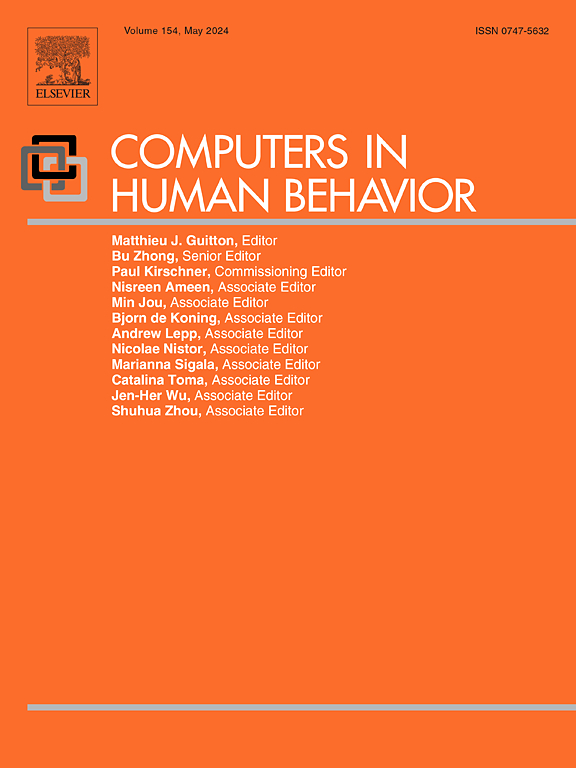Identifying distinct types of internet use that predict the likelihood of planning or committing a terrorist attack: Findings from an analysis of individuals convicted on terrorism(-related) charges in England and Wales
IF 9
1区 心理学
Q1 PSYCHOLOGY, EXPERIMENTAL
引用次数: 0
Abstract
Previous research has documented that the internet plays an increasingly important role in facilitating involvement in terrorism. However, the level of specificity of this literature is low. Advancing current insights, we examined how three concrete examples of active (i.e., generate/disseminate terrorist propaganda; interact with co-ideologues) and two examples of passive (i.e., learn about terrorist ideologies/actors; learn tactical information) internet use are related to distinct distal and proximal dynamics of radicalisation. Additionally, we assessed associations between the different types of internet use and the likelihood of having planned/committed a terrorist attack. We analysed a unique dataset based on closed-source risk assessment reports of individuals convicted of terrorism(-related) offences in England and Wales (N = 377). Results of this secondary data analysis pointed to three internet use repertoires: (1) learning about tactical information and terrorist ideologies/actors; (2) only learning about terrorist ideologies/actors; (3) active internet use and learning about terrorist ideologies/actors. Learning about tactical information and terrorist ideologies/actors was (compared to the other two repertoires) associated with a higher likelihood of having planned/committed an act of terrorism. Additionally, levels of capability were higher if individuals learnt both tactical and ideological information online compared to using the internet actively and browsing content about terrorist ideologies/actors. Individuals characterised by either internet use repertoire did, however, not vary significantly regarding their levels of engagement with extremist ideas and actors and the degree to which they had developed an extremist mindset. The results can inform terrorist/violent extremist risk assessment.
求助全文
约1分钟内获得全文
求助全文
来源期刊

Computers in Human Behavior
Multiple-
CiteScore
19.10
自引率
4.00%
发文量
381
审稿时长
40 days
期刊介绍:
Computers in Human Behavior is a scholarly journal that explores the psychological aspects of computer use. It covers original theoretical works, research reports, literature reviews, and software and book reviews. The journal examines both the use of computers in psychology, psychiatry, and related fields, and the psychological impact of computer use on individuals, groups, and society. Articles discuss topics such as professional practice, training, research, human development, learning, cognition, personality, and social interactions. It focuses on human interactions with computers, considering the computer as a medium through which human behaviors are shaped and expressed. Professionals interested in the psychological aspects of computer use will find this journal valuable, even with limited knowledge of computers.
 求助内容:
求助内容: 应助结果提醒方式:
应助结果提醒方式:


